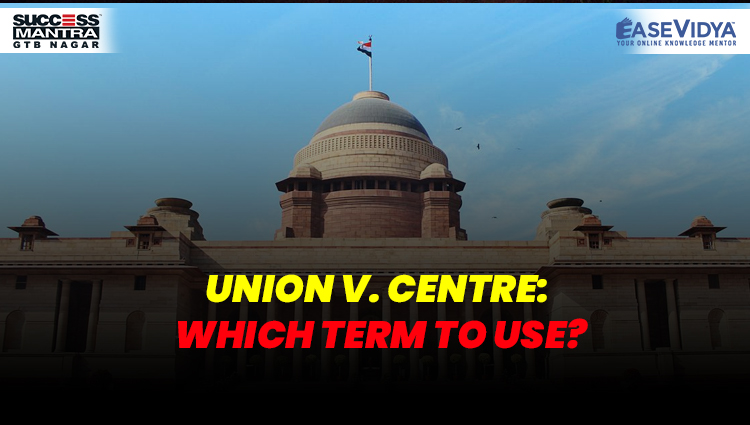
UNION V CENTRE: WHICH TERM TO USE?
UNION V. CENTRE: WHICH TERM TO USE?
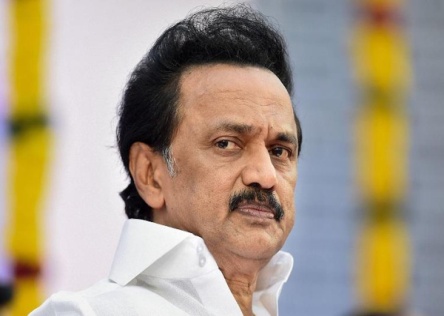
Recently, the Tamil Nadu government has decided to shun the usage of the term ‘Central government’ in its official communications and replace it with ‘Union government’. After going through the 395 Articles in 22 Parts and eight Schedules in the original Constitution, it can be stated that the term ‘Centre’ or ‘Central government’ is nowhere used. Even though there is no reference to the ‘Central government’ in the original Constitution, the General Clauses Act, 1897 gives a definition for it. Therefore, the real question is whether such definition for ‘Central government’ is constitutional as the Constitution itself does not approve of centralising power.
ORIGIN: UNION V. CENTRAL GOVERNMENT
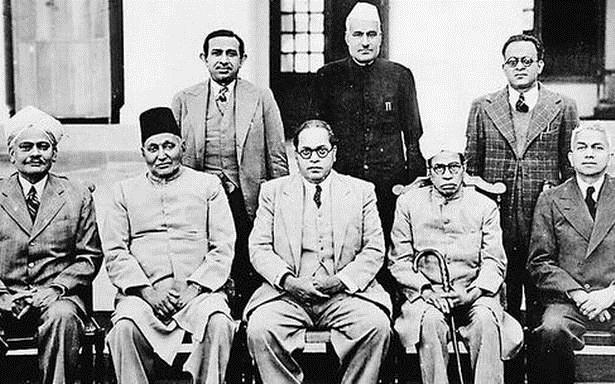
Under the British rule, the administration that the governor general ran was often described as the “Central Government”. In 1919, for example, when a new Government of India Act passed by Britain’s parliament introduced a rudimentary form of self-government and federalism in India, powers were split between “central” and “provincial” subjects. The modern term “Union” was first officially used in 1946 by the Cabinet Mission Plan, a British scheme to keep India united after transfer of power. Many members of the Constituent Assembly were of the opinion that the principles of the British Cabinet Mission Plan (1946) be adopted. Cabinet mission contemplated a Central government with very limited powers whereas the provinces had substantial autonomy. However, the Partition and the violence of 1947 in Kashmir forced the Constituent Assembly to revise its approach and it was resolved in favour of a strong Centre. Due to this, the possibility of the secession of States from the Union weighed on the minds of the drafters of the Constitution and ensured that the Indian Union was “indestructible”. Thus, Article 1 of Indian constitution states that “India, that is Bharat, shall be a Union of States”.
DIFFERENCE BETWEEN UNION & CENTRE
According to constitution expert Subash Kashyap, from the point of the usage of the words, 'centre' indicates a point in the middle of a circle, whereas 'Union' is the whole circle. In India, the relationship between the so-called 'Centre' and States, as per the Constitution, is actually a relationship between the whole and its parts. The sharing of powers between the Union and the States is not restricted to the executive organ of the government, it extends to other organs of government also. For instance, the judiciary is designed in the Constitution to ensure that the Supreme Court, the tallest court in the country, has no superintendence over the High Court. Though the Supreme Court has appellate jurisdiction — not only over High Courts but also over other courts and tribunals — they are not declared to be subordinate to it. In fact, the High Courts have wider powers to issue prerogative writs despite having the power of superintendence over the district and subordinate courts. Parliament and Assemblies identify their boundaries and are circumspect to not cross their boundaries when it comes to the subject matter on which laws are made.
ASSOCIATED ISSUES WITH TERM 'CENTRAL GOVERNMENT'
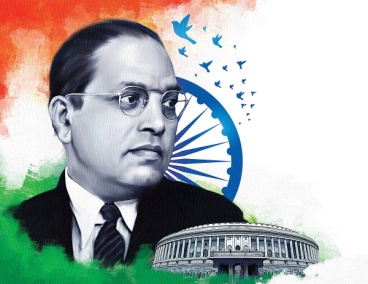
Discarded By Constituent Assembly: The word ‘Centre’ is not used in the Constitution; the makers of the Constitution specifically discarded it and instead used the word ‘Union’. BR Ambedkar clarified that “Both the Union and the States are created by the Constitution, both derive their respective authority from the Constitution. According to him, the one is not subordinate to the other in its own field and the authority of one is to coordinate with that of the other".
Colonial Legacy: 'Centre' is a hangover from the colonial period because the bureaucracy in the Secretariat, New Delhi), who are used to using the word ‘Central Laws,’ ‘Central legislature,’ etc, and so everyone else, including the media, started using the word.
Conflict With Idea of Federalism: India is a federal government. The power to govern is divided between a government for the whole country, which is responsible for subjects of common national interest, and the states, which look after the detailed day-to-day governing of the state. According to Subash Kashyap, using the term ‘Centre’ or ‘central government’ would mean state governments are subservient to it.
CONCLUSION
The members of the Constituent Assembly were very cautious of not using the word ‘Centre’ or ‘Central government’ in the Constitution as they intended to keep away the tendency of centralising of powers in one unit. The ‘Union government’ or the ‘Government of India’ has a unifying effect as the message sought to be given is that the government is of all.
TEST YOURSELF
Q.1 Which of the following state governments has decided to shun the usage of the term ‘Central government’ in its official communications and replace it with ‘Union government’.
- Maharashtra
- Karnataka
- Tamil Nadu: ANSWER
- Andhra Pradesh
Q.2 Consider the given options & state which of the following is matched correctly?
- Finance Commission: Article 256
- Money borrowed by the central government: Article 262
- Power to delegate the work to the Federation of States: Article 278
- Grant by the Union to States: Article 275: ANSWER
Q.3 Which of the following statements is/are incorrect regarding the territorial limits of legislative powers vested in centre and state?
- Parliament can make law for a part of the territory of India.
- ‘Extra-territorial legislation’ can be made by Parliament as well as states (in some cases).
- In case of overlap in concurrent and state list, concurrent list prevails.
- During a financial emergency the President can ask the states to reserve their financial bills including money bills for his consideration.
- I & III follows
- I & IV follows
- Only II follows: ANSWER
- None of the above
Q.4 The modern term “Union” was first officially used in 1946 by the ___________, a British scheme to keep India united after the transfer of power?
- Cabinet Mission Plan: ANSWER
- Cripps Mission Plan
- Government of India Act, 1935
- None of the following
Q.5 After considering the given statements state which of the following is/are incorrect in the reference to the above mentioned passage?
- In 1919, for example, when a new Government of India Act passed by Britain’s parliament introduced a rudimentary form of self-government and federalism in India, powers were split between “central” and “provincial” subjects.
- Article 3 of Indian constitution states that “India, that is Bharat, shall be a Union of States”: ANSWER
- After going through the 395 Articles in 22 Parts and eight Schedules in the original Constitution, it can be stated that the term ‘Centre’ or ‘Central government’ is nowhere used.
- None of the above











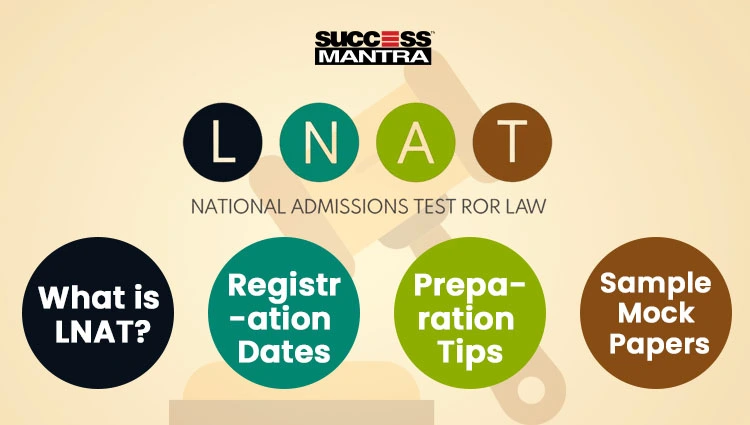

0 Comment